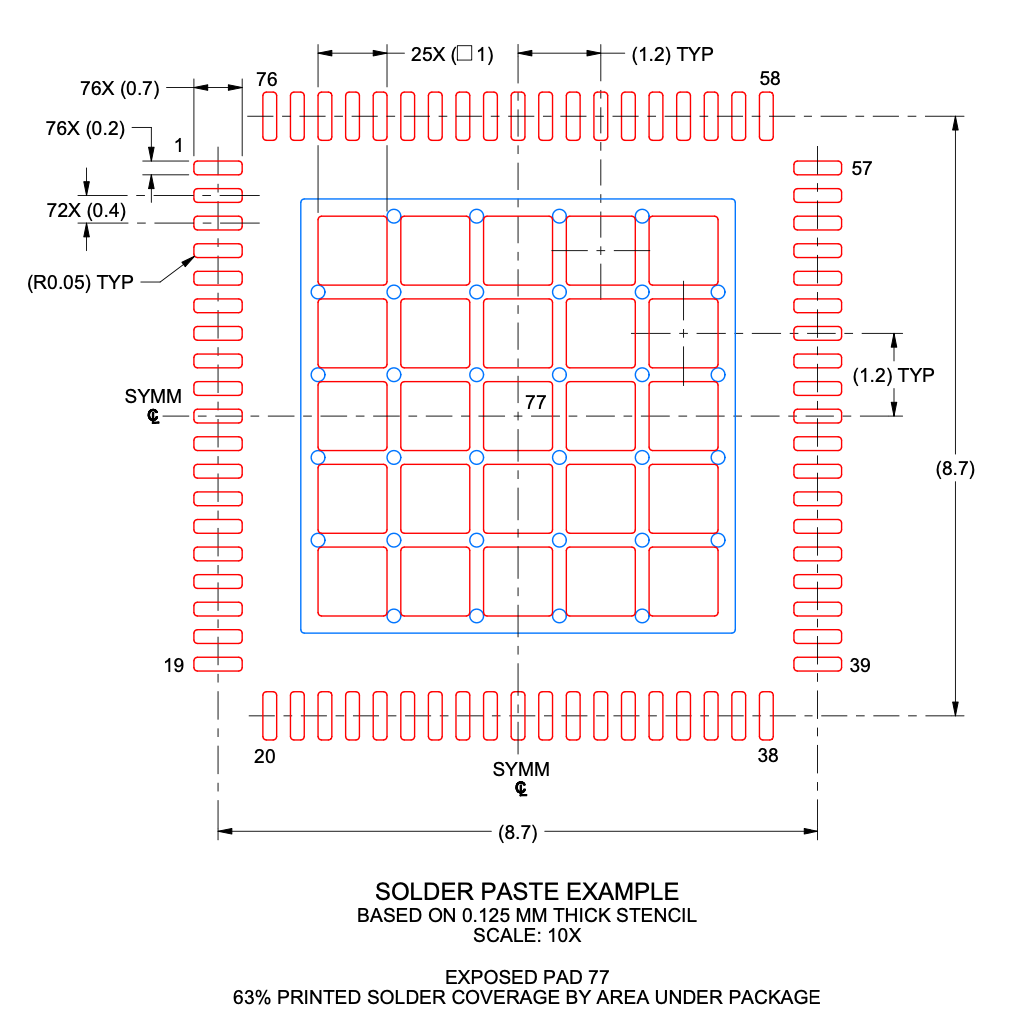Common, I don't think I would say so. "Viable", yes.
QFNs tend to have reasonable thermal performance through the top (packaging plastic is a pretty mediocre thermal conductor, but it's thin), so you see gap pads on top of them, from time to time.
Bottom is less common I would say, in part because once the heat is into the board, it spreads out reasonably effectively into the inner layers. First, if inner-top is GND, the plane spreads out heat by direct conduction; in combination with the bottom pour (if applicable; it doesn't need to be an "identical pad", it can be any random solder-masked polygon, or left off entirely if not required), the inner-bottom layer (usually VCC plane) is sandwiched, so has excellent thermal conductivity as well; or perhaps you're using a sig-GND-GND-sig stackup instead and both planes are directly connected. And needless to say, multiier-layer boards are even more conductive, regardless of plane assignment.
Thus, the board itself is an effective heatsink, and I would not at all mind running a device such as pictured, up to several watts, in an otherwise very ordinary build (normal commercial sort of product, no stringent limits on ambient or device temperature, single board much larger than the chip, still air or minor ventilation).
A very compact design, or with tighter temperature specs (say an ambient up to 60°C with a chip limit of 85°C), or higher power levels (5, 10W might be the practical limit here), would benefit from thermal pads top and bottom. Such a heatsinking solution will be more onerous, as you most likely can't simply place elements at will, but must integrate them into the design. Pretty quickly beyond here, one would run into package limits, and a device with exposed metal/die surface would be required, with a greased joint or high-K gap pad to heatsink/heat pipe. Such packages are common in computing: advanced integrated regulators, CPUs/GPUs, etc. Heat sunk through the board again becomes less important then; so, it's kind of a narrow range (of ratings or products) where this approach would be preferable.

